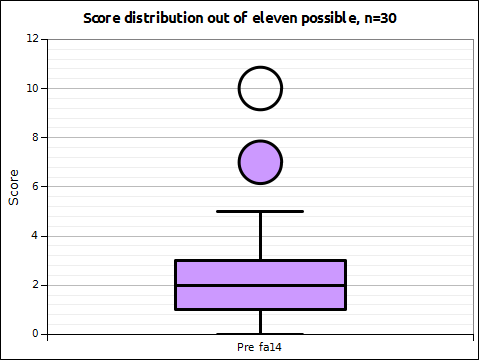Monilophyte and Lycophyte hike

This term two students asked to meet the class at the trail head down by agriculture, and other were waiting down by the gym for the class. So at 3:20 PM I picked up moss with sporophytic spore capsules from the Premna obtusifolia on the eastern edge of the campus. I also grabbed a fertile Microsorum scolopendria frond and a Davallia solida frond. I knew a fertile kidou frond and ulungen kiehl would be harder to find on the trail. At 3:30 I was back at the classroom and headed west with the dozen students I found there. I found the cyanobacteria Nostoc at the east edge of the main parking lot along the drainage gutter. I put everything into a plastic bag. The one note for future terms is to bring more bags, smaller bags, clear bags. Everything was a jumbled mess by the time I reached the nan mahl. Heading west I took the most direct route, the students trailed in a broad arc. Up at the Lycopodiella cernua patch, which is increasingly well developed, I pulled out the Nostoc and be





